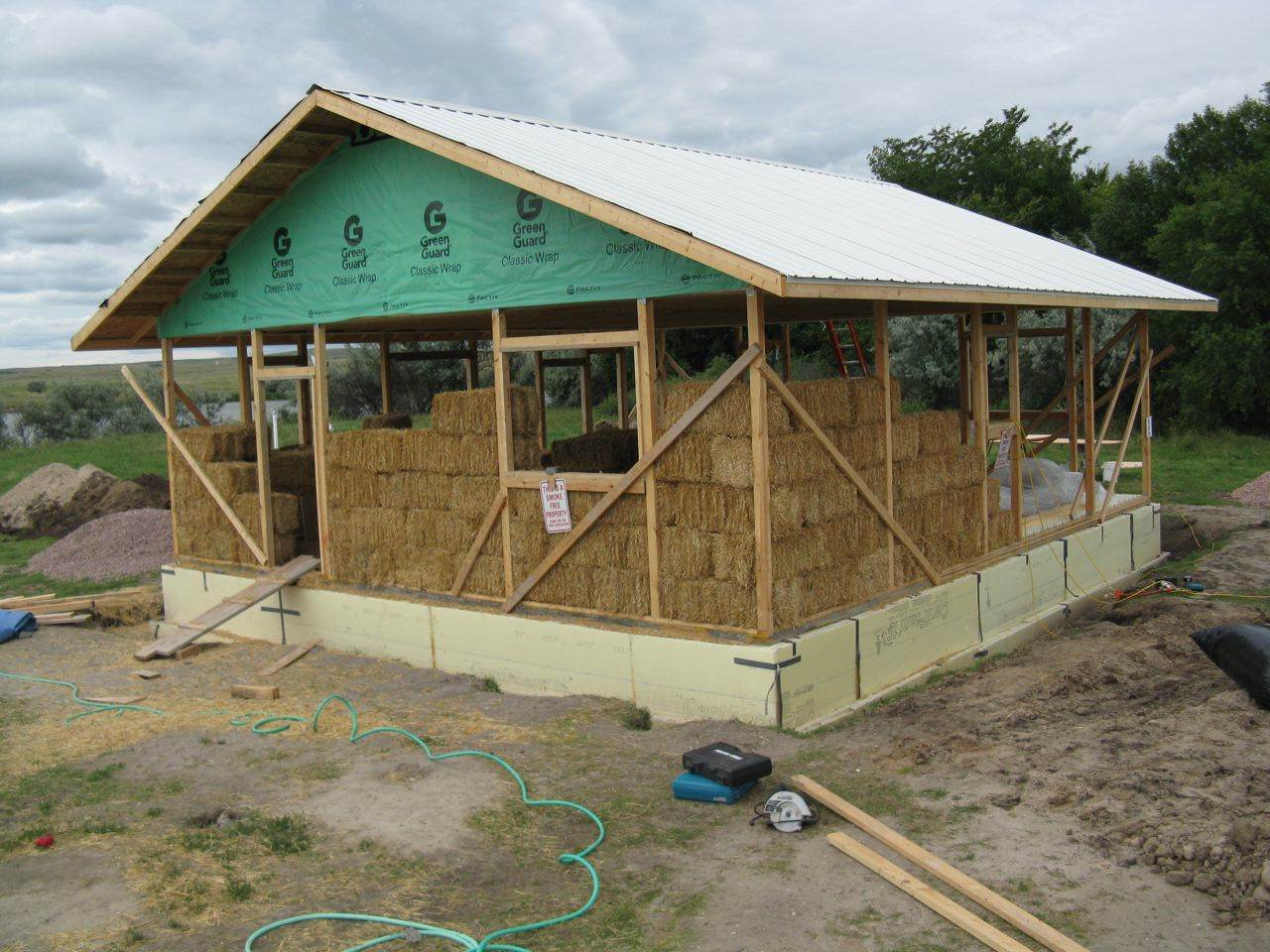By Dale Anderson (ResearchImpact, UVic)
Dale Anderson, Knowledge Mobilization Coordinator at the University of Victoria, offers the some thoughts on social innovation.
Dale Anderson, coordinatrice de la mobilisation des connaissances à l’Université de Victoria propose quelques réflexions sur l’innovation sociale.
We hear a lot about social innovation these days. It’s talked about as the solution to modern problems, problems that just can’t be addressed unless something new or innovative is proposed, invented, produced. Indeed, it’s not just hip to talk about social innovation, it’s seen as backward if you don’t– and all the better if you establish centres and think tanks devoted to the subject. Lately, I’ve been wondering if it’s really necessary, as it seems to me that the ‘solutions’ (if we can call them that) to many of our modern woes already exist. Somehow, though, we’re just not seeing it.
 Endless studies have called for fewer roads, more and better public transit and active transportation options (e.g., walking and biking), and better land-use planning as solutions to growing gridlock in major urban centres. As research shows, building more and larger roadways leads to more traffic, more congestion, and longer commutes. These in turn affect our economy (e.g., increased transportation time and costs, increasing costs for the provision of municipal services such as water, sewer, and waste pick-up), our health (e.g., reduced air quality due to vehicular pollutants, less time for physical exercise), and quality of life (e.g., reluctance to let children walk to school, increasing cost and time for commuting, reduced affordability of housing as urban sprawl is encouraged). The answer to all of these complex but related issues is to build more pedestrian friendly, mixed-use communities. And the answer to how is all around us.
Endless studies have called for fewer roads, more and better public transit and active transportation options (e.g., walking and biking), and better land-use planning as solutions to growing gridlock in major urban centres. As research shows, building more and larger roadways leads to more traffic, more congestion, and longer commutes. These in turn affect our economy (e.g., increased transportation time and costs, increasing costs for the provision of municipal services such as water, sewer, and waste pick-up), our health (e.g., reduced air quality due to vehicular pollutants, less time for physical exercise), and quality of life (e.g., reluctance to let children walk to school, increasing cost and time for commuting, reduced affordability of housing as urban sprawl is encouraged). The answer to all of these complex but related issues is to build more pedestrian friendly, mixed-use communities. And the answer to how is all around us.
Most of civilization lived before the invention of the car. Those charming, historic European cities we admire were built before the advent of the car. Here in Canada, the most sought-after neighbourhoods in Canada’s largest cities are all central, older neighbourhoods that were built before the car became king (think Kitsilano in Vancouver, the Glebe in Ottawa, or the Plateau in Montréal). So we’ve long known how to build pedestrian friendly communities. A better question is: if we know how to do it, how come we’re not?
 A related subject is energy use and energy costs. An increasing portion of our incomes is going to pay for the cost of energy, be it to fuel our cars, heat our homes, manufacture and then transport the goods we consume, or haul away waste (among many other needs). Heating and cooling our homes is one of the largest energy expenses for the average household. Straw-bale construction—a construction method the uses straw bales to build and insulate structures—is one solution to the high cost of energy, as this method has high insulation value relative to the construction cost and upkeep. As you might guess, there’s nothing new about this method—it’s been used for centuries all over the world.
A related subject is energy use and energy costs. An increasing portion of our incomes is going to pay for the cost of energy, be it to fuel our cars, heat our homes, manufacture and then transport the goods we consume, or haul away waste (among many other needs). Heating and cooling our homes is one of the largest energy expenses for the average household. Straw-bale construction—a construction method the uses straw bales to build and insulate structures—is one solution to the high cost of energy, as this method has high insulation value relative to the construction cost and upkeep. As you might guess, there’s nothing new about this method—it’s been used for centuries all over the world.
And once you’re finished with that straw-bale house (if you ever are), don’t think about putting it all in a landfill. Landfills are full to overflowing, and the increasing costs of waste removal and disposal are straining municipal coffers, household finances, and business profits alike. One way to reduce the amount of waste we produce is to compost it. Many communities in Canada have now started curbside composting programs, allowing households to dispose of organic waste while at the same time providing resources to create new soil. As you might guess, this is anything but new. Mother Nature does this, and for generations farmers have practiced composting to improve the soil they till. Growing up, we put all of our vegetable peels, apple cores, carrot tops and leaf waste into the compost pile, where it decomposed in readiness for next year’s garden. It might be trendy to do this day (along with guerrilla gardening), but it’s nothing new in the grand scheme of things.
 Was the past perfect? Is every challenge we face today a mirror image of something previous generations have encountered—and addressed? Of course not. While there’s much to be learned and replicated, there’s likely an equal amount we’d want to avoid—such as 40-year life spans, slavery, the non-education of girls, and the indiscriminate use of asbestos or DDT. But there’s a richness all around us that we don’t seem to be noticing. I recall reading a book by an author who wrote about improv theatre as a metaphor for life. Often in improv (as in life), we are urged to ‘think outside the box’ and believe this means thinking of the wild and outrageous. For her, however, it meant the opposite: to see something that’s always been there, but that no one else has been able to see before.
Was the past perfect? Is every challenge we face today a mirror image of something previous generations have encountered—and addressed? Of course not. While there’s much to be learned and replicated, there’s likely an equal amount we’d want to avoid—such as 40-year life spans, slavery, the non-education of girls, and the indiscriminate use of asbestos or DDT. But there’s a richness all around us that we don’t seem to be noticing. I recall reading a book by an author who wrote about improv theatre as a metaphor for life. Often in improv (as in life), we are urged to ‘think outside the box’ and believe this means thinking of the wild and outrageous. For her, however, it meant the opposite: to see something that’s always been there, but that no one else has been able to see before.
So this is why I’m concerned that as a society, we think we need to spend millions of dollars developing ‘innovative’ solutions to our present challenges. I don’t think we have to. What we need to do, at least in part, is turn around and look to the past. Isn’t that what history is all about?